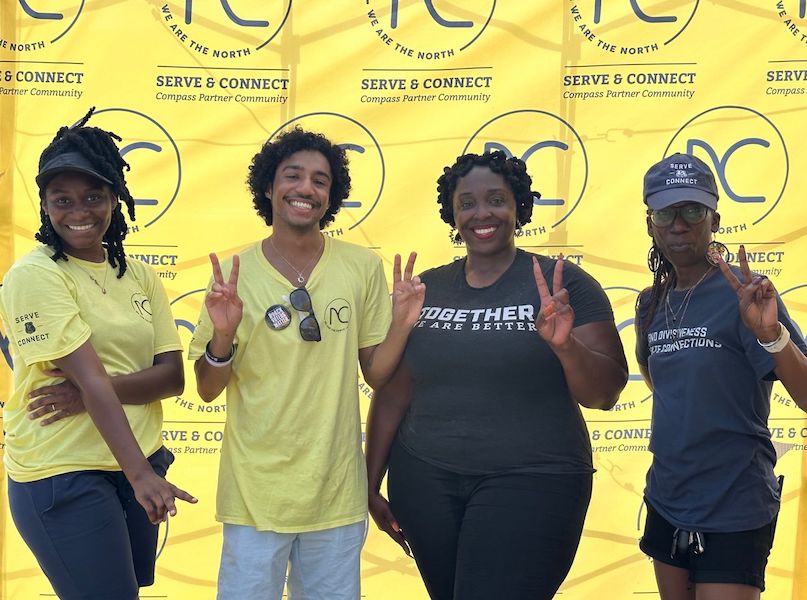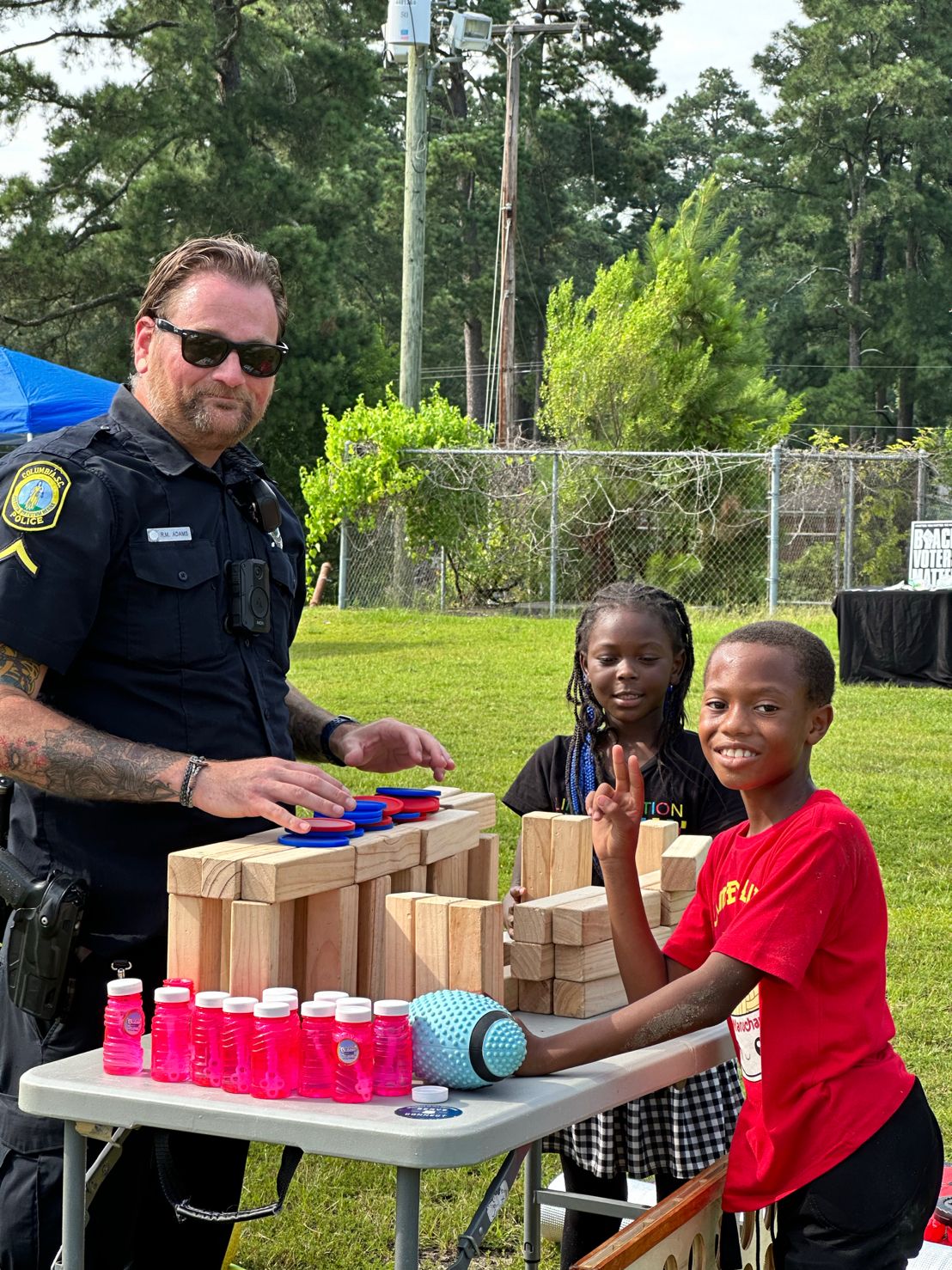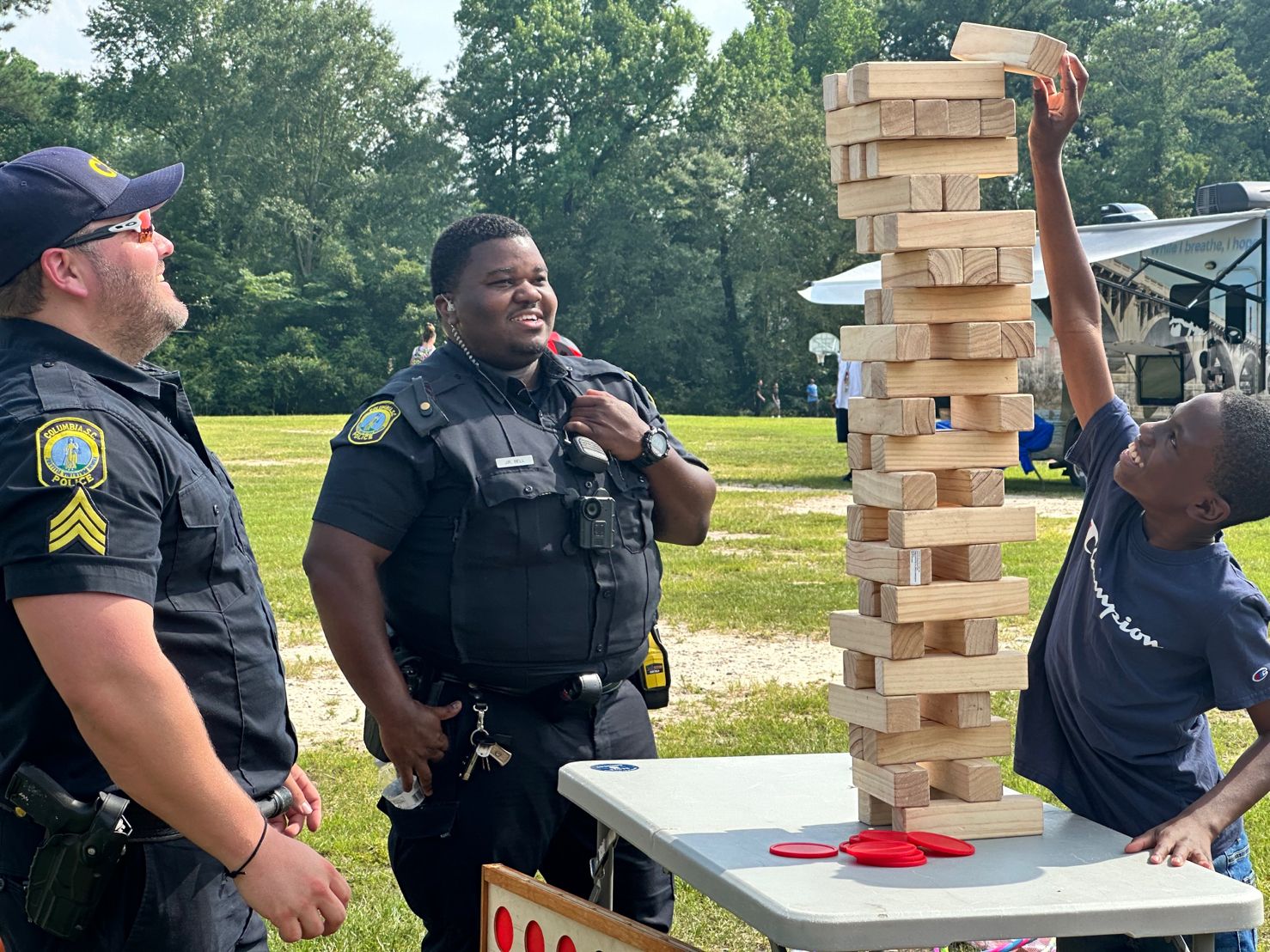
KI #2: On Privilege & Intersectionality
On positionality, acknowledging my own privilege and getting involved.
In taking Introduction to Women’s Gender Studies (WGST 112) over the summer, of the videos we were assigned to watch, one in particular stuck out to me, and will stay with me for the rest of my life. Taking the course to knockout a liberal arts and enjoy learning more about feminist theory (as the fine majority of my role models and inspirations are women). For the first week of virtual class, students were tasked with watching a TED Talk by Michael Kimmel, American sociologist, on why gender equality benefits everyone and why men should embrace feminism.
Kimmel sets the stage following his study group in graduate school. Notably, all 11 members of the study group were women except for Kimmel. Antics ensue when he recalls that before courses were revealed for the semester, the graduate students would get together to study– or in this case, have a weekly potluck. Kimmel recollects the exact moments of an “interaction that changed [my] life.” This conversation was between two women, one white and one black. The white woman stated that “All women face the same oppression as women. All women are similarly situated in patriarchy, and therefore all women have a kind of intuitive solidarity or sisterhood” (By this point in the video, I was hooked). The black woman countered and said “I’m not so sure. Let me ask you a question: When you look in the mirror what do you see?” The white woman said “I see a woman,” to which the black woman responded “That’s the problem. When I look in the mirror I see a black woman. To me, race is visible. To you it is invisible.” My knowledge on feminist history and theory does not run deep, but I had learned of misogynoir, or the ingrained prejudice against Black women. Though not entirely dissimilar from misogyny, the prejudice against women, race is the factor that sets these two apart. While self-concept does vary depending on race, gender, financial background, location and upbringing, this was the first time I was exposed to the world of intersectionality. To quote, the black woman said something rather startling.
“That’s how privilege works. Privilege is invisible to those who have it.”
As these stupefying words washed over me, I couldn’t help but agree. While privilege in our society certainly exists, it is so intangible and multifaceted that truly every individual has unique privileges to a degree. Where I lack privilege in some aspects of my life, I have patriarchal privilege by being a man. This is all according to an individual’s positionality, or where they stand in relation to social identities like gender, race, ethnicity and geographical location. Whatever preconceived notions I had towards the world and demographics I encounter as I navigate the world is according to these theories in positionality and intersectionality. While positionality more so aligns itself with one’s self concept, intersectionality explores discrimination determinant on individual identities. Coined by American civil rights activist Kimberlé Williams Crenshaw, intersectionality is a tool used to describe how different factors of identity and discrimination can meet at an intersection and affect someone's life. In the (virtual) classroom, a course I thought I would not treat differently than any other elective ended up leaving me contemplative of the many facets of my identity. And I had this revelation on the first day.
To backtrack, at age 13 I discovered my propensity for volunteerism. Being privileged enough to grow up in a military family has allowed me the opportunity to live in and experience different cultures at a young age. Exposure to unique peoples and cultures at this age contributed to my own interpretation of intersectionality before I even knew what the term meant. I still take pleasure in investing in people and their backgrounds. I feel that people and cultures should continue sharing their ideas and history to connect with other demographics and find common ground. Intersectionality is a beautiful concept, though rooted in assessing marginalization, focusing on the flip side of that involves celebrating our many similarities and differences that make us unique. So, naturally, I call myself a humanitarian. The burning desire to enact my valuation for community, culture and people manifested in the form of my journey for volunteerism.
Summer 2022 commenced, and I closed up shop and put away my CSCE 240 Advanced Programming Technique textbook. I knew I wanted to kick off the summertime recess by taking advantage of living so close to downtown Columbia. I felt that I wasn’t quite ready to start working yet, so I took to researching local community events that I could easily sign up for. I discovered that Richland County houses a myriad of volunteer events that cater to any interests, and I most resonated with the South County Democratic Party (SCDP). Thanks to their simplified signup process, I was easily able to register to volunteer for a cookout outreach event within the next week. The outreach event was specifically for local individuals experiencing homelessness, and immediately I was exposed to a new channel of individuals I’d never met who also valued volunteering as much as I do. I’m pleased to say that when I started getting involved in these activities, I found it hard to stop. Serving those experiencing homelessness further put into place the absoluteness of intersectionality. Here before me were people of varying ages and ethnicities, completely different backgrounds experiencing the same hardship. I had thought that the discrimination they face in their social identity was not subject to race nor gender, but to class. Further looking under the lens of intersectionality, I understood that each individual experiencing the harshness of homelessness could be discriminated against for multiple aspects of their identity.
Yes, while two individuals going through the same hardship may share discrimination in class, how does discrimination evolve if they are of two different races? If one is queer and the other is heterosexual? If one is a woman and one is a man? This concept shed so much light into how I understood identity, but frustrated me. Unlike technology and the cyber fields I have dedicated the majority of my life to, this wasn’t objective. There was no right or wrong answer. Instead, there were people. Real-life people who each had a family, an upbringing, a background and unique life experiences that only they could fathom the full scope of.
The next week, I registered for a new event. Richland County’s Be Safe Block Party series had just begun for the summer, and I was eager to see how this would compare to the cookout event. Sponsored by Serve & Connect, a South Carolina nonprofit focused on fostering sustainable police and community partnerships. Immediately upon arriving at the reserved field the block party was addressed for, I was pleasantly surprised by the diverse turnout. Of the multiple vendor booths setup excluding Serve & Connect’s, I circulated and saw what each had to offer before reporting to my station. I was warmly greeted by the marvelous Erica Staley, the Columbia program manager (pictured to the right of me), and assisted with setting up and making the finalizing touches before the attendees arrived. Going into this, I’m not sure what more I expected to do than help with manual labor and greet guests. Ms. Staley handed me a clipboard and surveys about the neighborhood, and asked if I could have attendees fill them out. I happily obliged.
When I was tasked with surveying block party attendees, I had the opportunity to interview an individual face to face. The conversation I had with the attendee, a resident of the block party neighborhood, changed my perspective on how I view my own privilege. What started as surveying attendees to increase engagement and interactions between volunteers and residents became so much– a learning experience where the layers of intersectionality and their effects unraveled. The first thing I noticed about the young man I interviewed was that he was well-mannered. Soft-spoken and reserved, yet not apprehensive in any way. As our interview started, I could tell he was not fully trusting of me. I was steadfast in my effort of getting the young man to confide in me. As I asked the survey questions like “How safe do I feel in my neighborhood?” and “On a scale of 1-10, how much do I trust the local police?” I could feel that we were starting to bond. Thankful for his candor, the man said that while his neighborhood could be better, it can be hard to trust others in the neighborhood. This neighborhood, characterized by its impecuniousness, had made tensions high. Unlike most suburbs, the identity of class played a massive role in the way these residents felt towards each other. This directly affected their positionality, and even their psychological needs. Imagine feeling vulnerable in your own home. As I wrapped up with the young man, I thanked him for his honesty, and encouraged him that he was off to a great start by participating in events like this. Reflecting on it now, I hope I have the opportunity to see him again, and how far he’s come. I hope the uneasiness he felt about his neighborhood is now alleviated.
Having the unique opportunity to volunteer with the kind crewmembers of Serve & Connect was overall a wonderful experience. Despite the unforgiving South Carolina sun beating down on volunteers at the block party, it was important that I witnessed an organization of this caliber in my hometown. After May 2020, the average American’s feelings towards law enforcement has become polarizing, what with the publicity of horrific police brutality incidents. Being able to play a small role in an organization of good people and good officers willing to mend the relationship between predominantly black communities is salient in my life every single day.
This summer I had the immense pleasure of volunteering for Serve & Connect again. Working alongside and catching up with familiar faces I’d worked with the previous year, I was tasked with setting up, manning one of the many block party stations and mingling with the vendors that had come down to show their support and offer free resources to the residents. I did not interview with attendees like last year, but was thrilled to see a great turnout of families taking advantage of the complimentary block party amenities, and young kids playing alongside police officers.
Needless to say, my understanding of intersectionality goes beyond the classroom. This concept is something I have been using subconsciously for most of my life, and since learning its meaning it has concretized in my mind. I know with the multiple axes of my social identities, acknowledgement of the discriminations I may face for being unique often crosses my mind. This has affected my personal positionality, and the way I perceive people and my life. Extending the same patience, kindness and consideration that I have for myself to other people will make all the difference. Multiplicity in my identity can be hard to navigate at times, as no one social identity precedes the other. But, even with the susceptibility to discrimination I may face, I must still acknowledge my privileges. Being a man from a stable financial class that has had the pleasure of visiting many countries and being exposed to many cultures, I am grateful for everything I do have instead of focusing on what lacks in my life. As I reflect, taking WGST112 was one of the most important courses of my collegiate experience. The insight I learned during those nine weeks I will keep with me for the rest of my life.
 WGST112 Intersectionality Discussion Post
WGST112 Intersectionality Discussion Post

